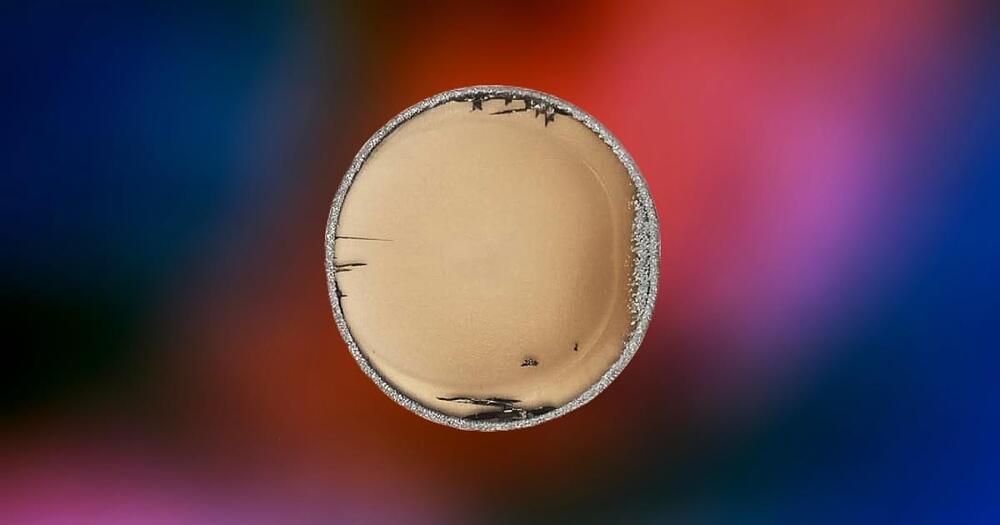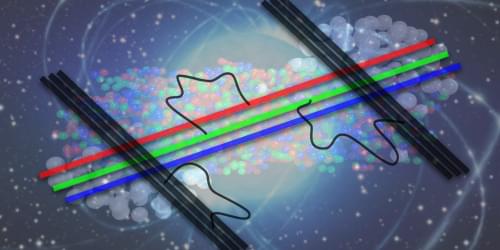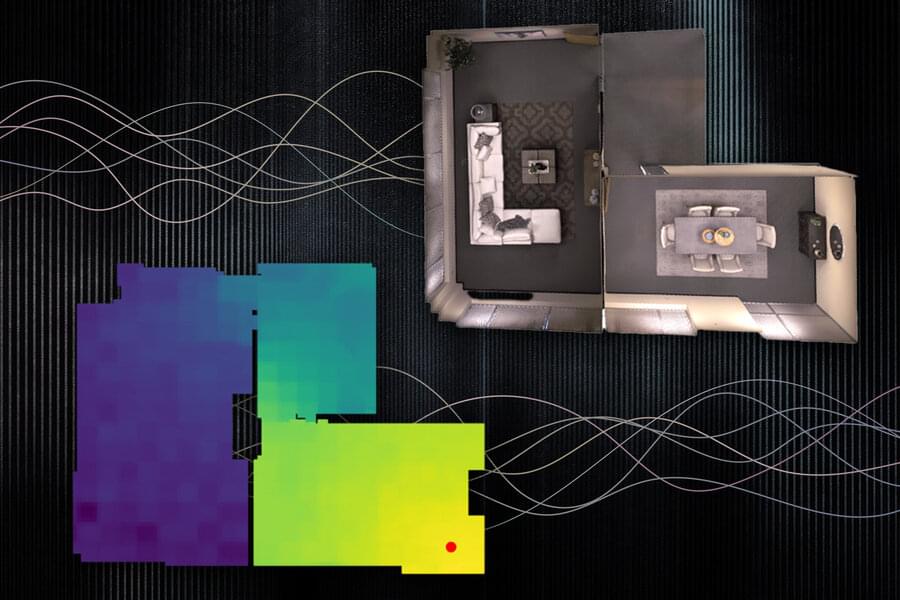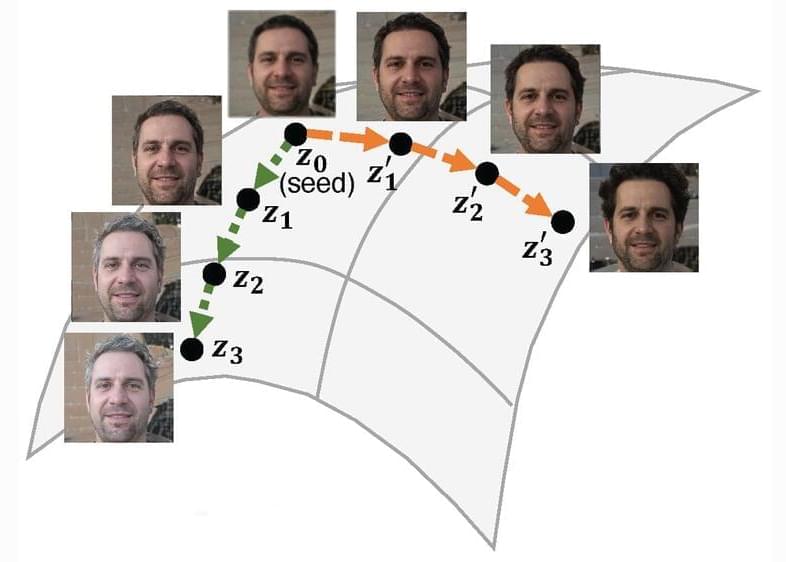We’ve already seen systems that wirelessly transmit data via patterns of flickering light. A Saudi Arabian team has created a less energy-intensive alternative, that could use modulated sunlight in place of traditional Wi-Fi.
Currently in development at the King Abdullah University of Science and Technology (KAUST), the system utilizes “smart glass” elements known as Dual-cell Liquid Crystal Shutters (DLSs). These rapidly alter the polarity of sunlight passing through them, and could conceivably be used in the plate glass windows of large rooms such as offices.
The back-and-forth changes in polarity serve the same purpose as the 1s and 0s in binary code, and are reportedly not perceptible to the human eye … although tests have shown that they can be detected and decoded by smartphone cameras. By contrast, changes in the intensity of artificial light – utilized in some other proposed systems – can be visually perceived as an unpleasant flickering effect if the frequency of the changes is too low.









